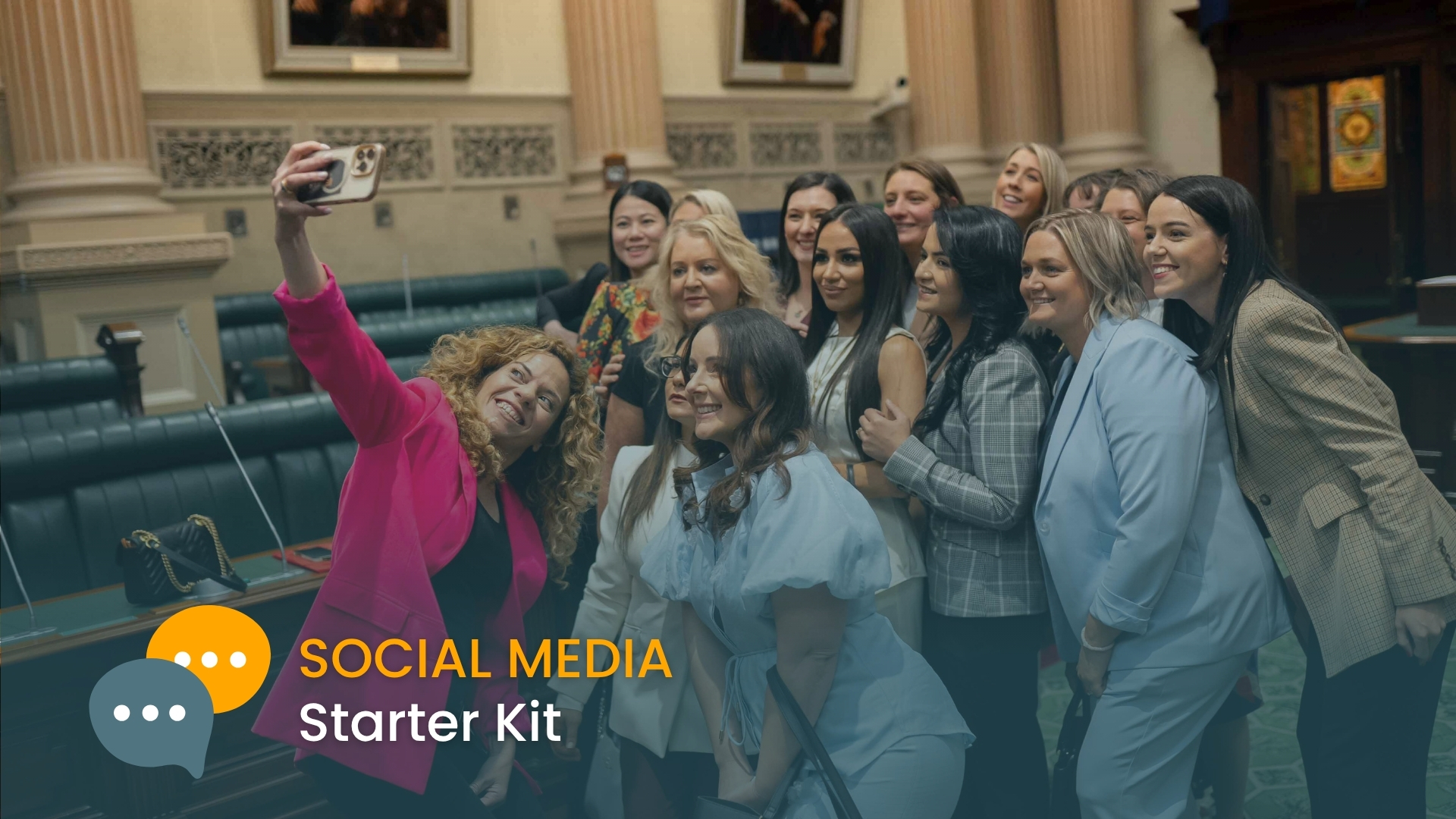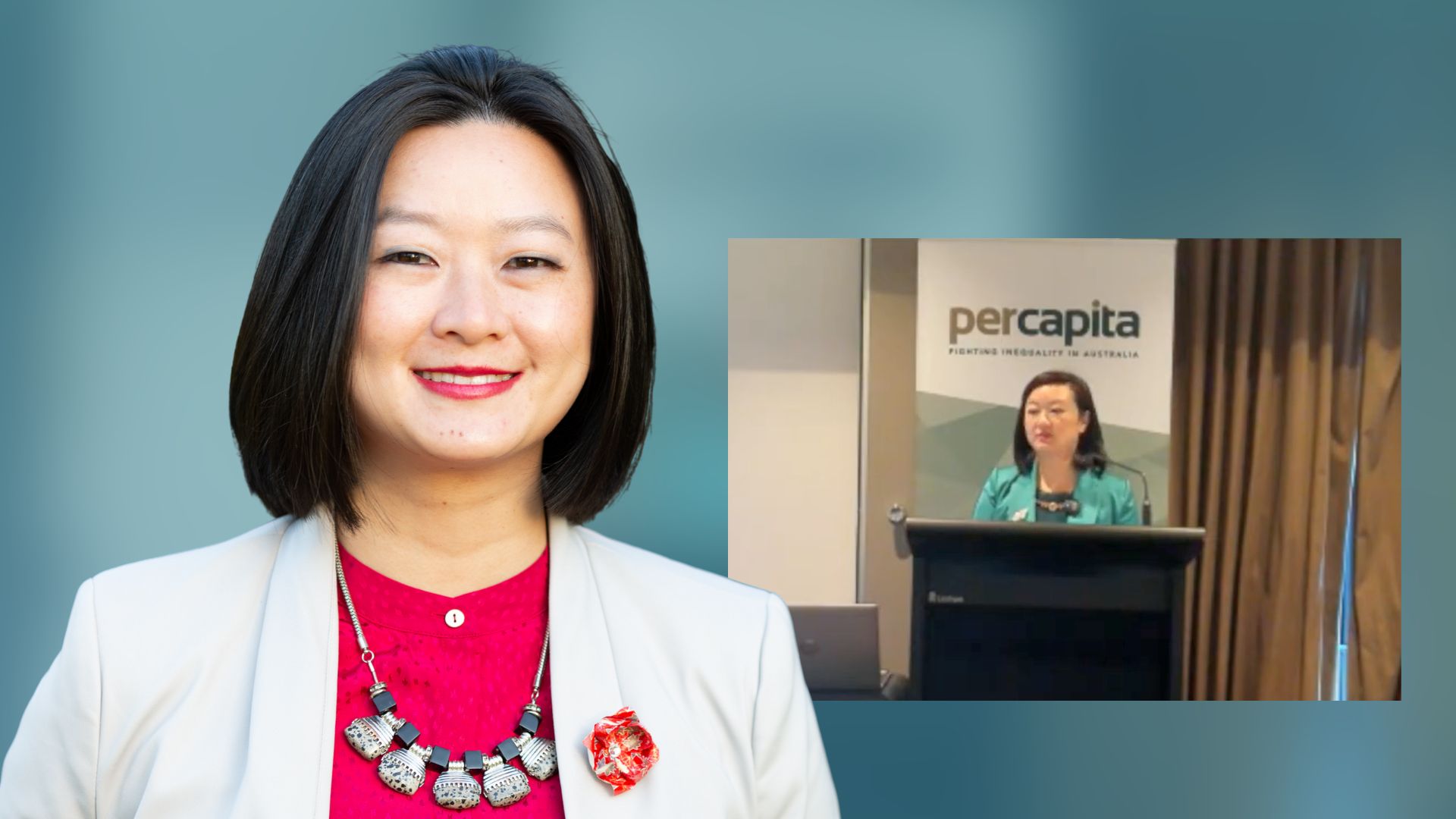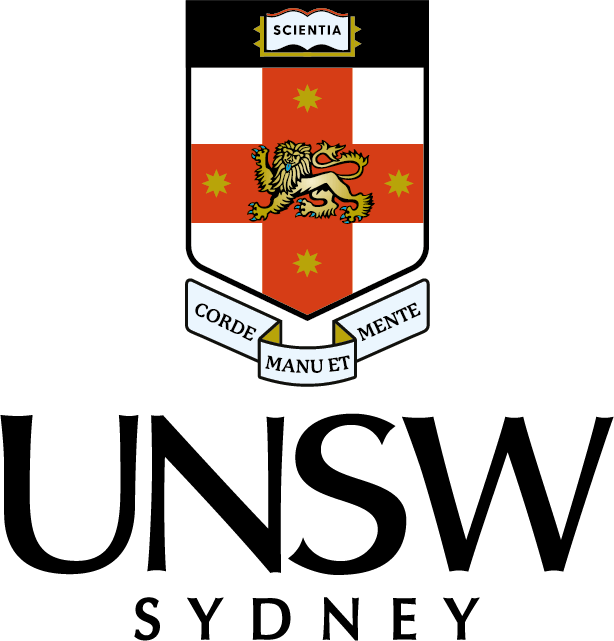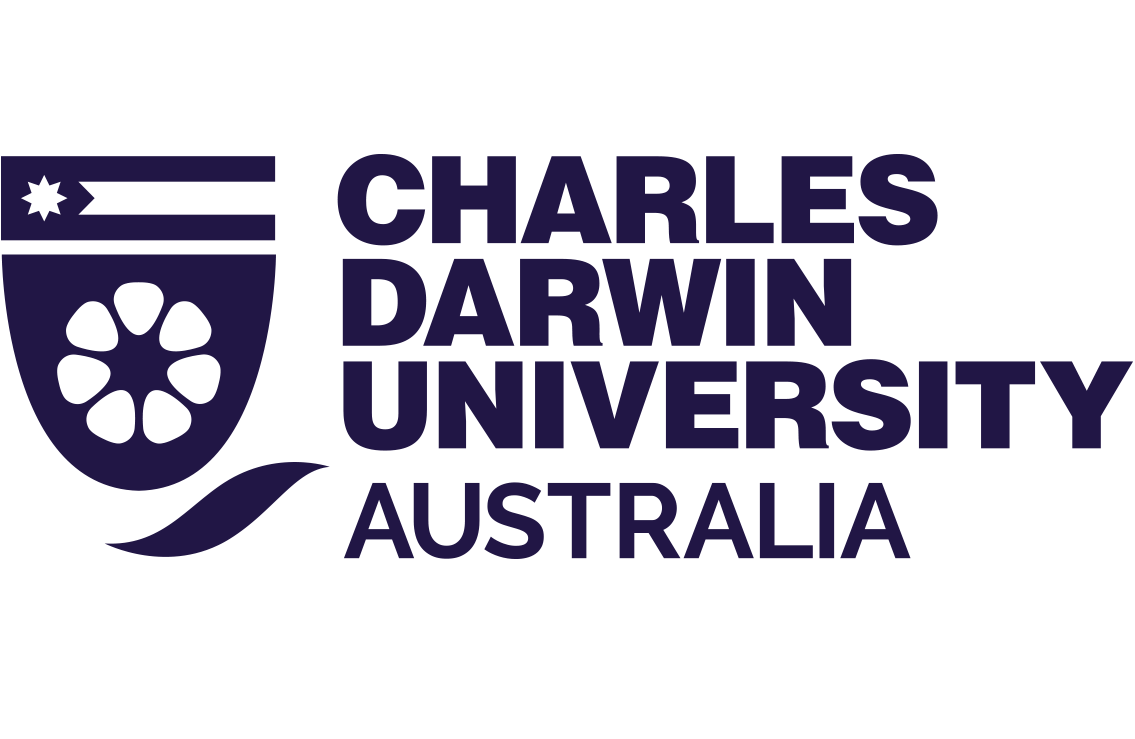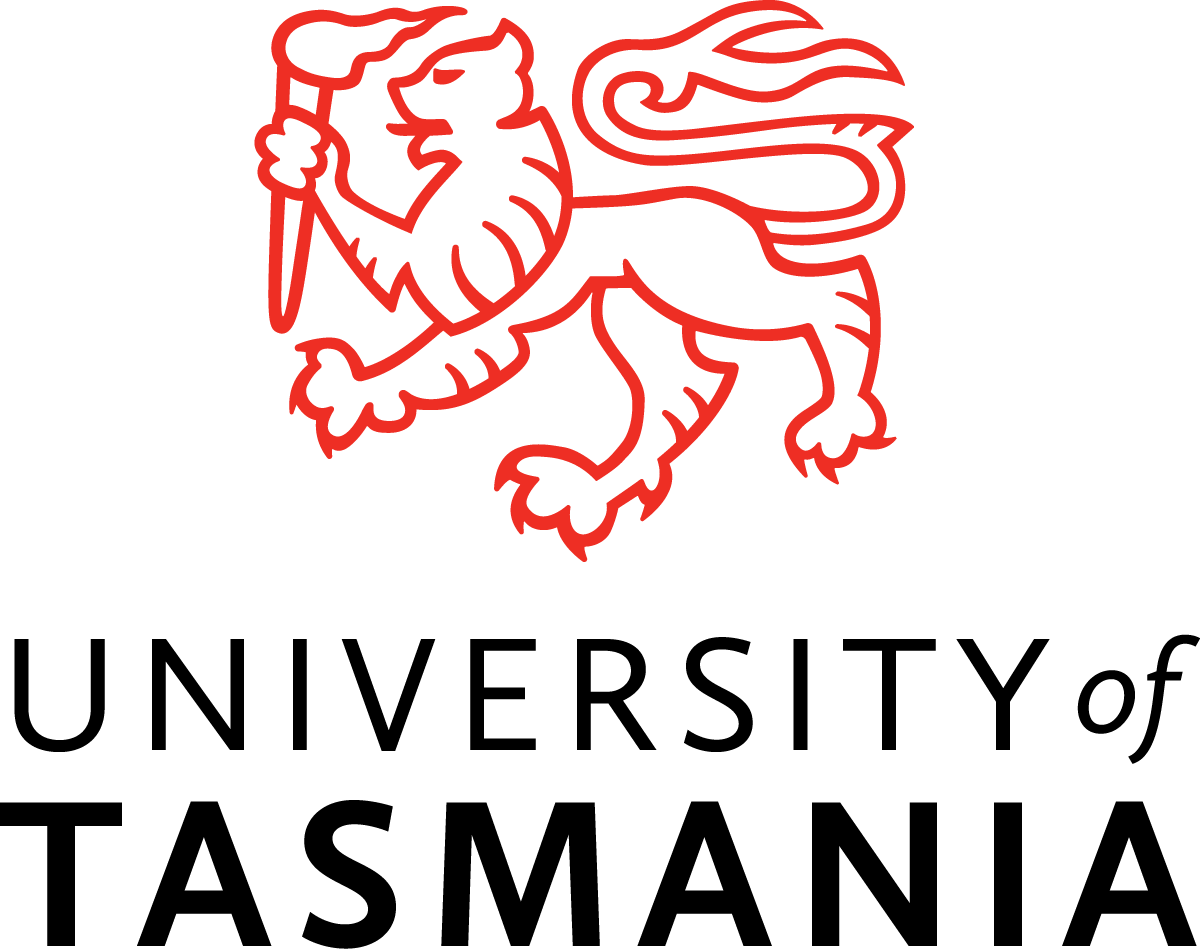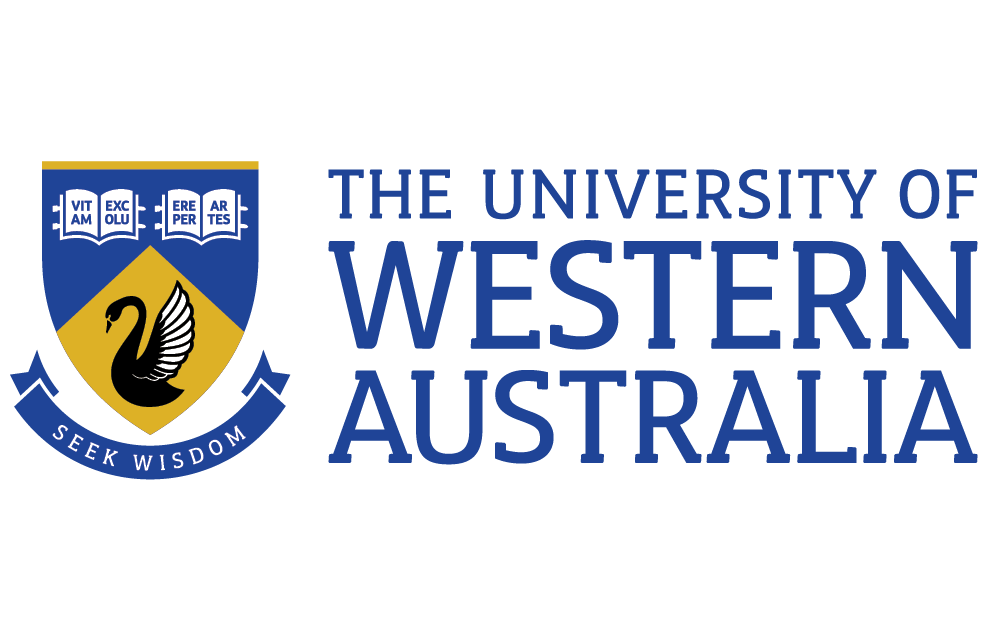Social media starter kit: Part 1
In this series, communications and social media expert Leanne Shingles shares practical tips and advice to help you build confidence on social media, and create targeted, engaging content to reach voters.
- In this post: 2 things to consider before using social media for campaigning
- Next post: Content that works

About Leanne Shingles
Leanne is an experienced communications pro who has advised and created social media content for political candidates, MPs, unions, union leaders, peak bodies, small businesses, sole traders and artists.
You’re getting ready to launch your campaign for political office and the inevitable question arises – do you need to be on social media? And if so, which social media? The aim of this blog post is to give you the confidence to get started on your social media campaign journey.
Do you need to be on social media?
While it’s true that direct voter contact, via door knocking, street stalls or phone banking makes a greater impression on people and is therefore more valuable than a social media post, it’s not advisable to give social media a miss.
One of the most important reasons to jump on the socials for your campaign is that your political opponents will be on social media and you can’t afford to cede the online space to them.
20% of Australians say social media is their main news source, with a whopping 46% of Australians aged 18-24 getting their news from social media. These numbers are too big to ignore.
Social media is a vehicle to amplify your direct voter contact; you may have an in-depth conversation with a voter that leaves a lasting impression on that one person, however when you share a post and a photo about that conversation you get your message to many more people.
If you don’t engage with voters on social media you’re missing opportunities to reach people you may not be able to reach any other way. Why would you limit yourself?
So the upshot is yes, you do need to be on social media. Soz.
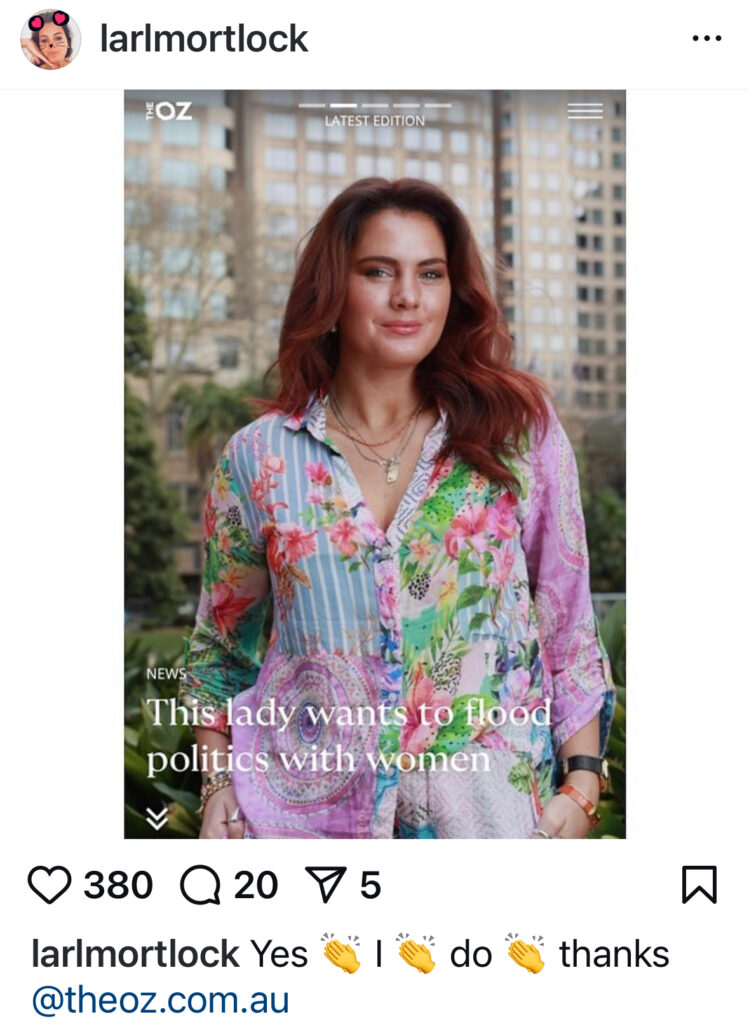

Which social media is best for campaigning?
When I started working on social media in 2008 our options were limited to Facebook and Twitter. Now there’s a myriad of social media platforms, with new platforms emerging like weeds after a Spring rain. With an array of choices available, let’s consider which platforms to embrace for campaigning.
On the numbers, Facebook is still the biggest social media platform in Australia, with 16.6 million users (66% of Australian internet users). It has a wide-ranging user base from young adults to older generations, with a strong focus on community building with interests spanning personal, professional, and recreational. Active users skew older – ie, on Facebook you are generally talking to over 35s.
Facebook’s parent company Meta began de-prioritising political content in 2023/4. But it makes sense to cultivate a presence on the platform used by most voters. Another advantage of Facebook is its targeted advertising features.
Meta’s product Instagram is popular with young Australians, especially in the 16-24 age range. A highly visual platform, Instagram’s Stories and Reels offer effective ways to engage users with short, dynamic content.
TikTok
Gen Z (16-24) make up the majority of the 8.5 million TikTok users in Australia, making it a vital platform for reaching young voters – and it’s growing rapidly. Interestingly, Australians are spending a lot of time on TikTok – double the time spent on YouTube.
TikTok’s algorithm favours short-form video content that is highly shareable and often viral. The platform’s interactive nature creates a unique opportunity to amplify your messages in fun, creative ways.
YouTube
YouTube has 20.8 million users in Australia (78.3%) and is a key platform for both Gen Z and Millennial audiences, with more than half the audience aged 18 – 34.
It’s an ideal platform for hosting in-depth content, such as interviews, tutorials, and webi-nars. YouTube Shorts also offers a new avenue for quick, impactful content.
For micro-blogging, check out new players Threads (Meta) and Bluesky. Both are growing fast in Australia and it won’t be long before all media and political players are on these plat-forms in the same way they have been on X.
Using Facebook, Instagram, TikTok, YouTube, Threads, and Bluesky gives you access to large groups of voters as well as inexpensive and effective advertising options – two things you’ll need for your campaign.
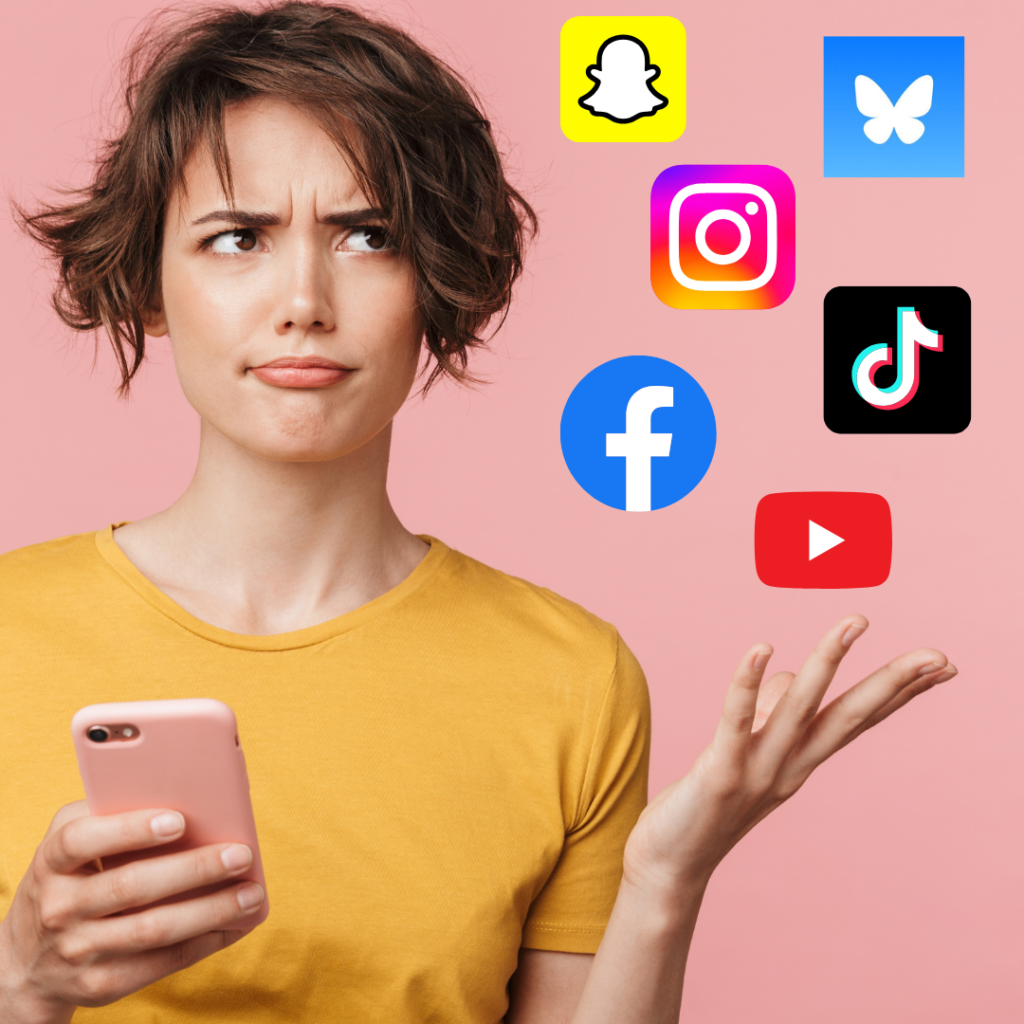
Meta Factchecking update
You may have seen news reports in early 2025 regarding Meta’s decision to stop fact-checking the content of political posts.
This decision largely affects content posted by Americans about their politics. Because there are no borders in the online world, it means some of the content you and your audi-ence see may not have been checked.
In Australia, Meta’s Regional Policy Director announced recently that during our 2025 Federal Election, Meta was working with Agency France-Presse (AFP) and the Australian Associated Press (AAP) to independently review content, which should give candidates and voters some peace of mind. At the same time Meta and AAP are partnering on a new media literacy campaign to help Australian voters to critically assess the election content they view online.

Online safety for women in the spotlight
Everyone should have the opportunity to benefit from using social media, but it can be a very challenging space for women to thrive in. Our Knowledge Hub hosts a growing collection of resources with guidance about combating online abuse, safeguarding your online presence, and preventing the online harms most commonly experienced by women leaders online.

